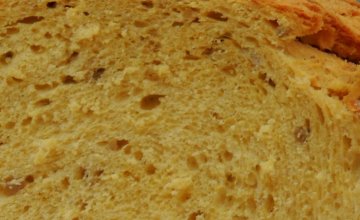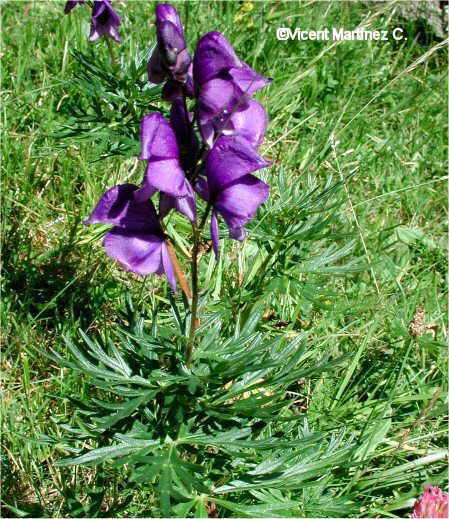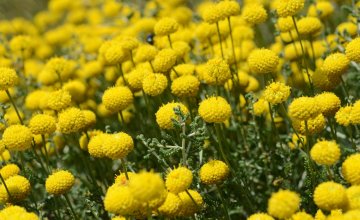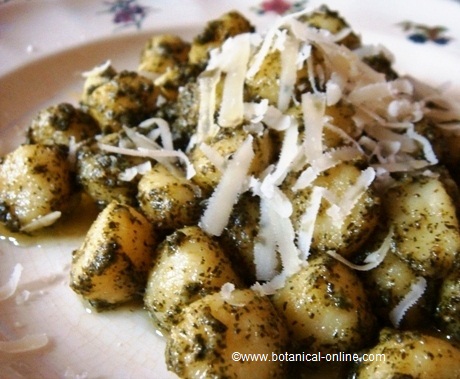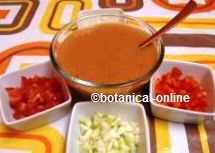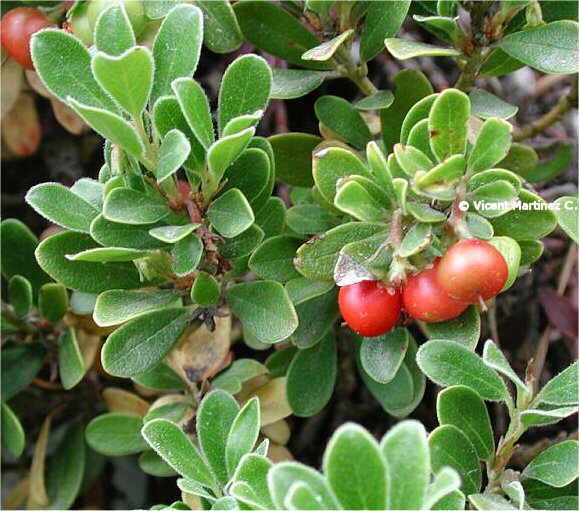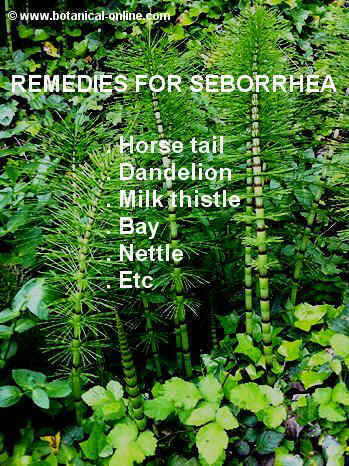Contents
Benefits of eating elderberries
What are elderberries?
Elderberries are the fruits of elder, also called elderberry (Sambucus nigra L.). The fruits of elder should only be consumed when they are ripe, which hang from the branches and have a bright black color.
Benefits of elderberries
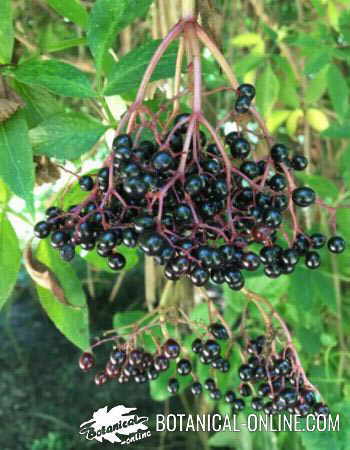
Elderberries are interesting to taste new flavors and because they have a lot of nutrients.
They provide sugars (18% of their composition), citric acid, malic acid, antioxidant polyphenols, anthocyanins and vitamins, among which vitamin C, A and some B vitamins (pyridoxine and niacin).
Introducing these wild fruits in the diet broadens the gastronomic universe of the diet in addition to recovering the consumption of traditional ingredients.
What flavor do elderberries have?
Due to their high tannin content, elderberries are very astringent fruits, that is, they produce a rough sensation on the mouth.
Health properties of elderberries
Elderberries are potentially medicinal foods, with a high content of bioactive compounds, which is why they have been traditionally used as a natural remedy. The syrup made with these fruits is laxative and depurative. It has also been described as an effective remedy against neuralgia, headache and sciatica.
These fruits, rich in sugars, citric acid, malic acid, polyphenols, beta-carotenes and anthocyanins, have antiviral properties, so they could be very useful in colds and caral processes. (Eat the fruits in very ripe jams. When they are green they are toxic !!!)
Considering its phytochemicals or medicinal principles, what stands out most about elder berries is that it is the food with the highest concentration of quercitin known, even surpassing onion. Quercitin is a very beneficial flavonoid to keep the circulatory system in good health. The consumption of foods rich in this component reinforces the health of the arteries and the circulatory system by preventing heart diseases such as arteriosclerosis, cholesterol and hypertension.
Traditional remedies and recipes with elderberries
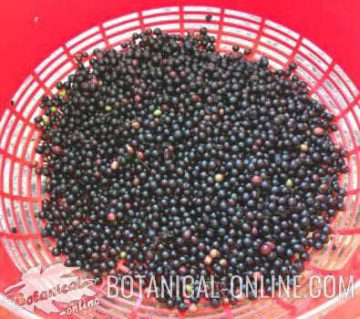
Elder berries constitute edible wild fruits. They are collected when they are ripe, bright black and typically hanging in corymbs. This usually takes places towards the end of summer. We must remember that:
- In excess the fruits can be indigestible and laxative.
- Whenever they are prepared, the fruit juice should be strained to remove the seeds.
The most typical preparations are:
- Traditional syrup: there is a traditional syrup called elderberry rob. To make the syrup: Squeeze the ripe fruits, strain the seed, add the same weight in sugar. Cook 10 minutes. Take 2-3 tablespoons a day.
- Elderberry jam: Collect the very ripe fruits and make a jam, adding ¼ part more of pulp than sugar (750 gr. Of sugar per kg. Of pulp) It must be cooked over low heat and stir constantly.
- Maceration in wine: Squeeze the ripe fruits, strain the seed, add the same weight in water. Boil for half an hour, add the same weight in sugar and leave to ferment for 20 days. Drink 2-3 glasses a day.
* Remember: Its consumption in excess can produce belly pain. For this reason it is convenient to cook them before consuming them.
Elderberry precautions
Before listing the properties of these berries, it is important to name that elderberry is a tree with toxicity. Immature fruits, as well as seeds, leaves and bark, are very toxic.
The only edible parts of the plant are its ripe flowers and fruits.
Another important note is that when preparing the fruits you should not consume the seeds, which have the same toxic principles described in the bark and leaves of this plant (sambunigrine, which breaks down into cyanide). Therefore, the fruits should be strained to separate the liquid and the pulp from the seeds.
An important danger is the possible confusion of this tree with another stinking congenital shrub, the dwarf elder or danewort (Sambucus ebulus L.), whose fruits are very toxic. Something that can help differentiate them is that the fruits of dwarf elder , in their maturity, remain high and do not hang down like the elderberry.
* Related information: Differences between elder and dwarf elder
Nutritional composition of elderberries
We must highlight its sugar content, vitamins A, C, some B vitamins and polyphenols. The nutritional composition of elderberries is as follows:
| Nutritional values of elderberries per 100gr | |
| Energy (kcal) | 73 |
| Proteins (g) | 0,66 |
| Fat (g) | 0,5 |
| Carbohydrates (g) | 18,4 |
| Fiber (g) | 7 |
| Calcium (mg) | 38 |
| Iron (mg) | 2 |
| Magnesium (mg) | 5 |
| Phosphorus (mg) | 39 |
| Potassium (mg) | 280 |
| Sodium (mg) | 6 |
| Vitamin C (mg) | 36 |
| Thiamin (mg) | 0,07 |
| Riboflavin (mg) | 0,06 |
| Niacin (mg) | 0,5 |
| Pyridoxine B6 (mg) | 0,23 |
| Vitamin A (UI) | 600 |
| Folate (mcg) | 6 |
Caption: ![]() = Indicates a significant content in this nutrient
= Indicates a significant content in this nutrient
![]() More information on elder
More information on elder

